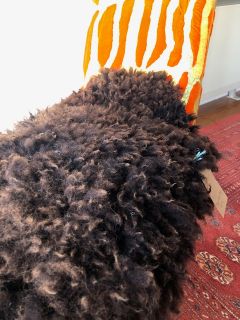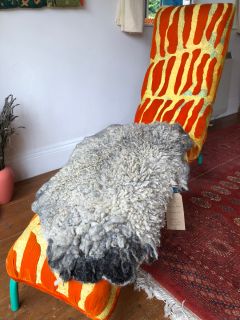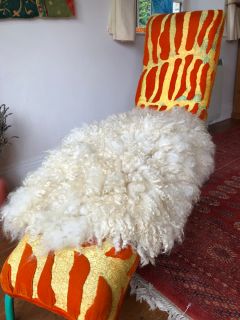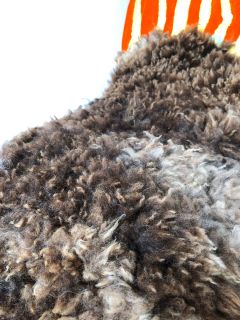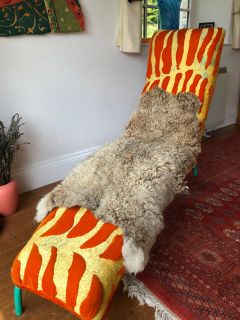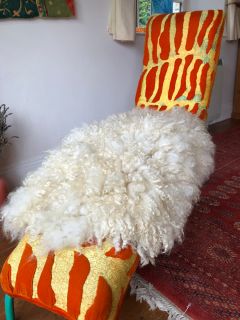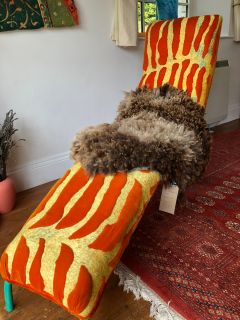Living Fleece Rugs
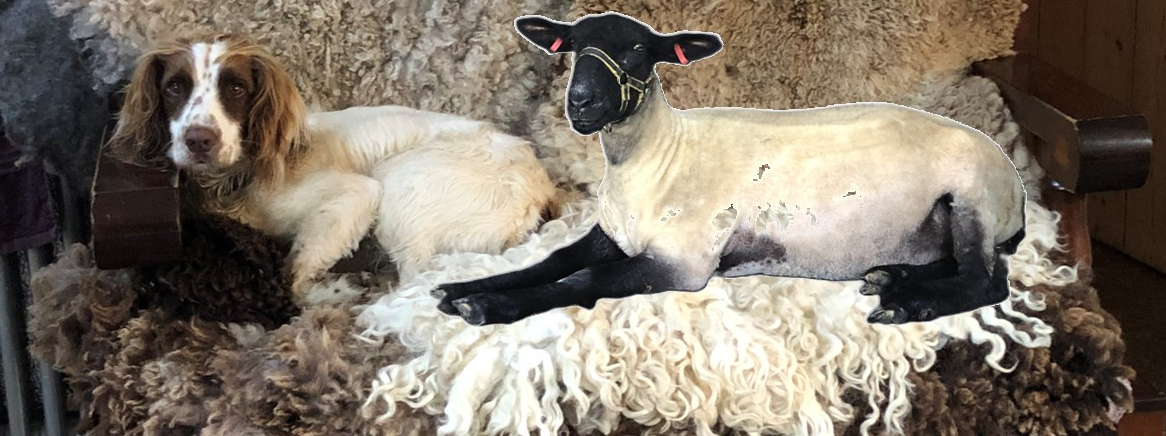
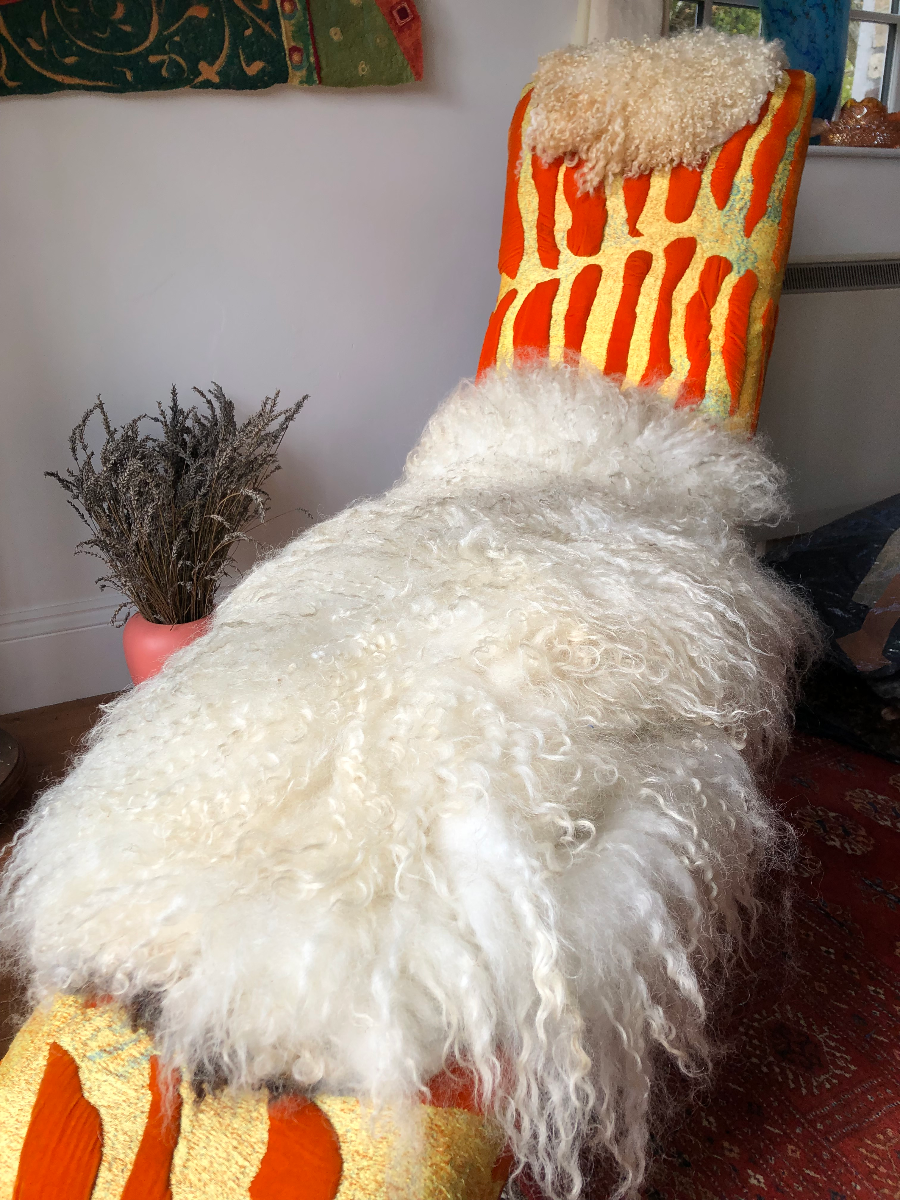
Ethical, Sustainable, Beautiful
Living Sheep Fleece
Please note: if the rug you want has already been sold we may still be able to create an alterntaive for you in time for Christmas. Just give me a call or drop me an email and I will help if I can. They have proved very popular!
Our beautiful fleece rugs are created when our pet sheep are sheared in the summer. Unlike a sheep Skin rug (which can only be made from a slaughtered sheep) ours are entirely free of cruelty and the sheep are still outside running around the fields here on Bodmin Moor in Cornwall.
How is it made?
The process of stabilising the cut fleece into a lasting rug is a long and complex one which felts the cut end of the fibres to mat them together into a secure backing. Simple but effective: hot water, soap, extra wool and lots of elbow grease.
Does it hurt the sheep?
No. The sheep are so happy to be rid of their cumbersome fleeces in the summer that they spent the rest of the evening running around the field and jumping in the air all four feet at once. We normally only see the lambs behaving in this way so it is a joy to watch.
Why are they sheared?
As well as making them feel more comfortable they are sheared for important health reasons. During the summer the flies can lay eggs on damp sheep fleeces and when the eggs hatch into maggots these start eating into the flesh of the sheep causing huge damage and pain, which if not treated urgently will lead to death.
Sustainable / carbon footprint / wool miles
Most sheep will grow us a new fleece year after year. The long wools (Gotland and Devon/Cornwall Longwool) are sheared twice yearly. Our shearer Martin lives only 5 miles away and the rugs are created here on the farm so not many miles covered.
Are they durable?
A felted fleece rug will not be as durable as a sheepskin rug. Think of your fleece as a beautiful work of art rather than a door mat. However, they are lovely and cosy to sit on, look beautiful draped over a chair and will be fine to warm your toes at your bedside. We also spoil our dog with a bed lined with one of our creations.
Please note that your rug is likely to contain small bits of grass, hay and moss and may shed some fibres.
What is Wool?
Wool has low thermal conductivity, retains air and keeps its shape – making it a great insulation material – and requires less than 15% of the energy required to manufacture glass wool. Wool is naturally fire resistant; it has an ignition point of 560 degs C. Wool can absorb almost 30% of its own weight in water and can release it, making it a highly breathable material.
Wool has long been accepted as an environmentally positive fibre choice with a number of benefits, such as being 100% natural, renewable, biodegradable and recyclable. Not to mention that it is thermo-regulating, easy to care for, and can be repaired and enjoyed for years and years.




